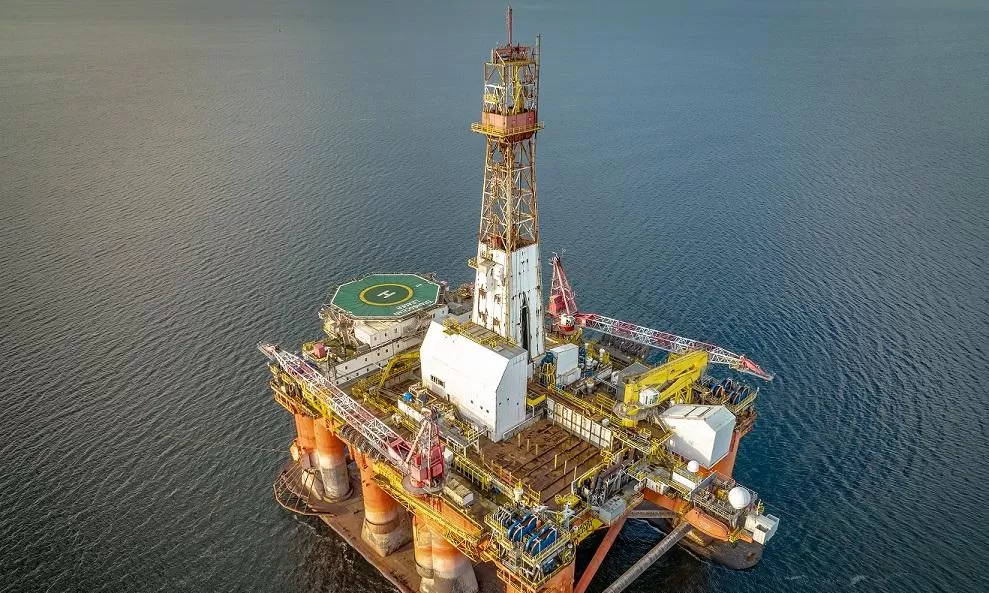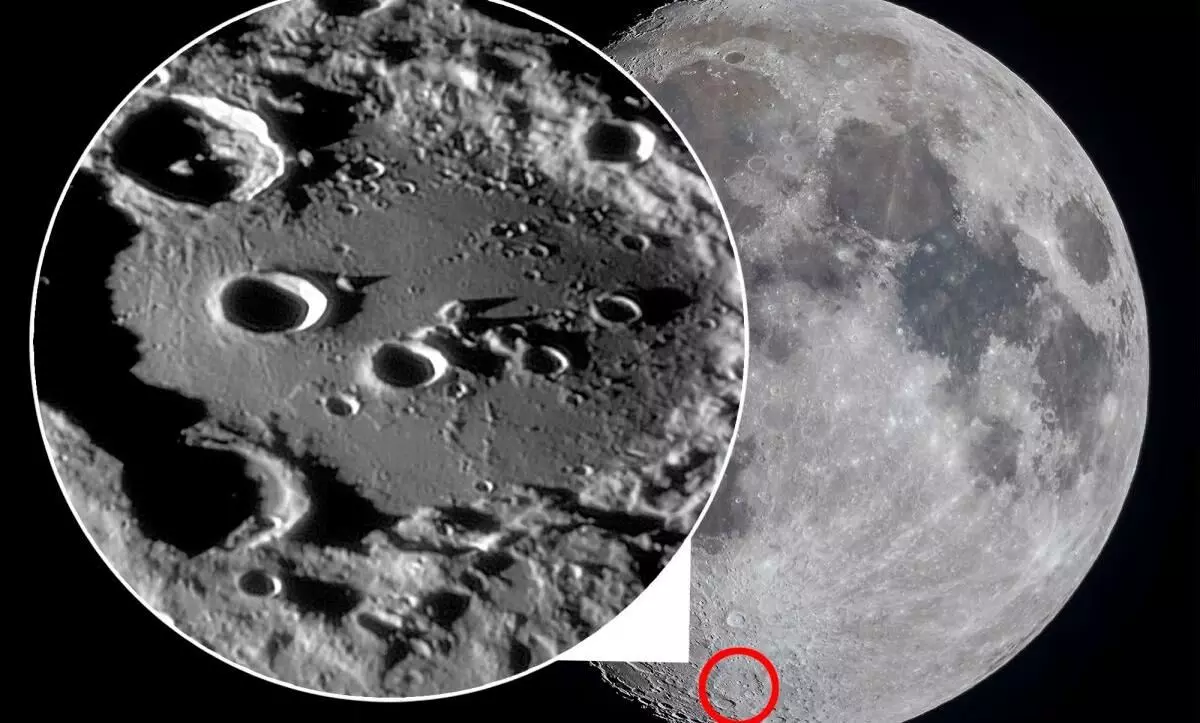
NASA announces discovery of surface water on moon
text_fieldsWater has been "confirmed to be present on a sunlit surface on the moon" announced NASA on Monday during a teleconference.
"This is exciting because the expectation is that any water present on the sunlit surface of the moon would not survive the lunar day," said De Paul Hertz, Director of Astrophysics Division at NASA. "This discovery reveals that water might be distributed across the lunar surface, and not limited to the cold, shadowed places near the lunar poles where we had previously discovered water ice."
Most of the water is trapped in low-temperature regions called the "Cold Traps" where temperatures can reach as low as -163°C. The research is based on data gathered by NASA's Lunar Reconnaissance Orbiter, as well as the agency's Stratospheric Observatory for Infrared Astronomy airborne telescope, called SOFIA.
"Without a thick atmosphere, water on the sunlit lunar surface should just be lost to space," said study author Casey Honnibal. "Yet somehow we're seeing it. Something is generating the water, and something must be trapping it there."
Water was observed trapped between particulate matters on the surface of the moon in tiny amounts. Initial results had suggested the presence of 'hydroxyl' molecules.
The discovery raises new questions about how water can persist on the harsh surface of the moon, with no atmospheric protection. It also may be advantageous for future space missions where astronauts can use the water for personal use as well as to make rocket fuel the space agency said.
"It was, in fact, the first time SOFIA has looked at the Moon, and we weren't even completely sure if we would get reliable data, but questions about the Moon's water compelled us to try," said Naseem Rangwala, SOFIA's project scientist at NASA's Ames Research Center in California's Silicon Valley, in a statement. "It's incredible that this discovery came out of what was essentially a test, and now that we know we can do this, we're planning more flights to do more observations."
The agency also announced the continuation of the Artemis programme which aims to put the first woman on the moon by 2024 and the next man, to establish a "sustainable human presence" on the moon for future exploration of the solar system, including Mars.
























